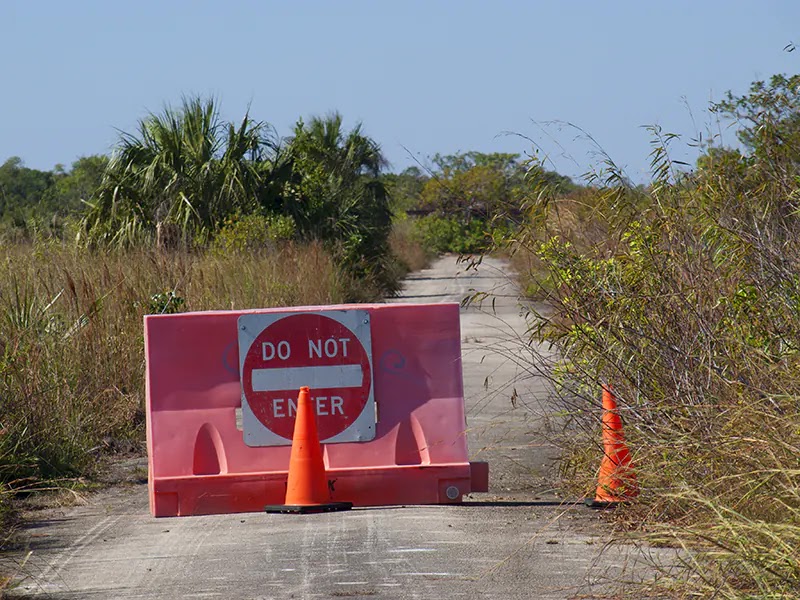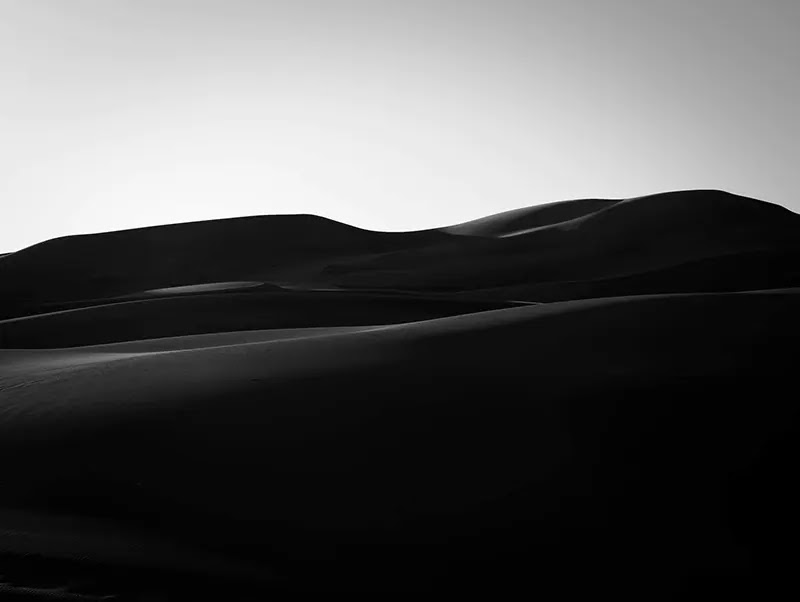Canaveral National Seashore: Apollo Beach
 |
| The wonderful loneliness of Apollo Beach - License our images here. |
A whole day in Apollo Beach in the middle of the week is a rewarding experience in solitude. Here you walk an ancestral Florida, because this is one of the largest undeveloped strips of coastal land that survive in the Sunshine State.
Located in the northern section of Canaveral National Seashore, Apollo Beach conjures images of rockets and moon landings. But the name doesn't relate to the Apollo Space Program. The tale says that it came to be in 1958 to celebrate the Greek god of the sun and the amazing sunrises of the Atlantic - before that time was known as "Tampa Beach" and "La Vida Beach".
 |
| Stop at the Apollo Beach Visitor Center. |
A short film about Canaveral National Seashore in the visitor center works well to plan the day.
We took a glimpse of Mosquito Lagoon from a dock behind the building. There were not mosquitoes, but I wouldn't dare to come here by the sunset. Then we did the short hike to the site of the gone town of Eldora. We walked in through the old dirt road and returned to the parking lot on the primitive trail - some sections were muddy after the daily rains.
Eldora was born in 1876 around the citrus business. The Indian River citrus industry grew in fame when Douglas Dummett moved to the area after the Second Seminole War - he came here after the loss of his "Carrickfergus" plantation by the Tomoka River attacked by the Indians.
Eldora was abandoned after "The Great Freeze" of the late 19th century (1894-95) destroyed the plantations. The village had a population of around 200 at its peak.
The Eldora or Moulton-Wells House is the only surviving structure of the old town. Seated at the porch, we enjoyed the fresh breeze from the lagoon.
 |
| We loved the porch of the Eldora House. |
Later, all was beach time. We found a furious Atlantic Ocean in Castle Windy. A protected pond carved by the waves on the yellowish sands gave us refuge from the strong currents.
 |
| The Atlantic by Castle Windy. |
The sands are yellow because they are made of crushed remains of shells. This is called Coquina sand. Sometimes it gets cemented into rocks and that's why the Spaniards used them to build the famous Castillo de San Marcos and many other buildings in the old city of St. Augustine.
Leaving the park, we stopped at the Turtle Mound.
 |
| In the trailhead of the Turtle Mound. |
A short boardwalk goes to the top of a hill with great views of the Atlantic and Mosquito Lagoon.
Turtle Mound is a prehistoric archeological site and the highest shell midden in the mainland United States - 50 feet tall. Researchers believe that the mound was higher before, they estimate that was around the 75 feet mark. It was built by the Timucuan people around the year 1000 BCE.
Check this photo of the mound from 1915. Today looks very different.
 |
| The boardwalk to the mound with the Atlantic Ocean in the background. |
In the 16th century the Spaniards named this place Surruque after an Indian Chief of the area. It's said that the explorer Álvaro Mexía visited this mound in the 17th century.
 |
| View from the mound towards the Apollo Beach entrance. |
In Canaveral National Seashore there are only a few sites for primitive tent camping. We couldn't stay here. The park also has a southern entrance that goes to Playalinda.
(We ended camping in Tomoka River State Park.)



Comments
Post a Comment